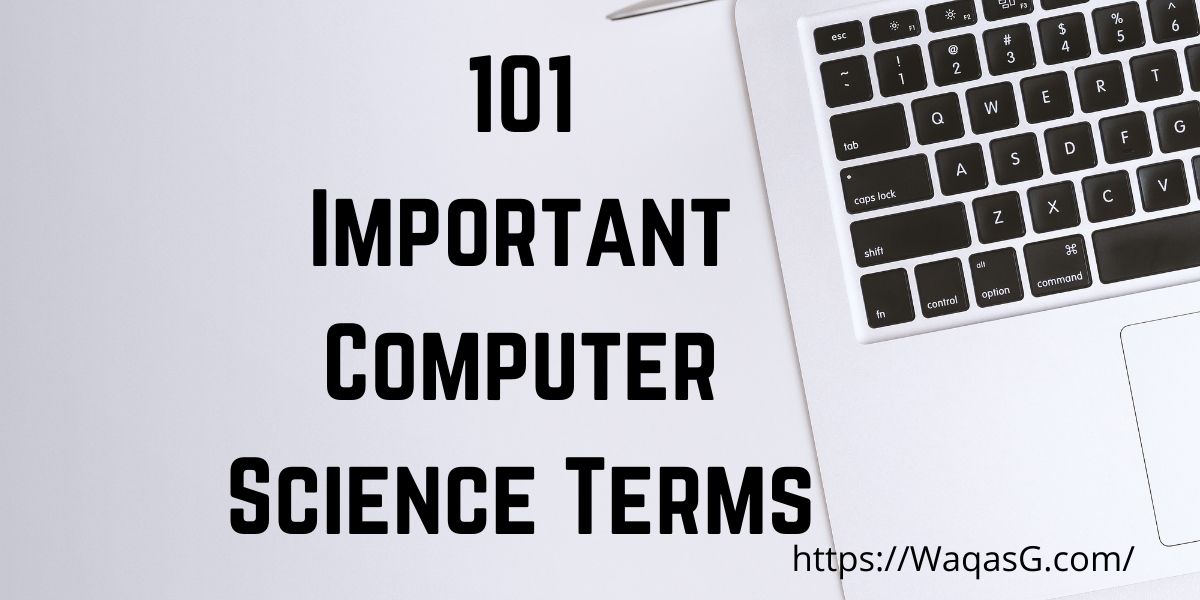
Technology can feel overwhelming, especially when you’re confronted with jargon and technical terms. But the good news is, you don’t have to feel left out! To help you stay ahead, I’ve put together this comprehensive yet user-friendly list of 101 important computer science terms you’re likely to encounter daily.
Whether you’re a student, a tech enthusiast, or someone simply wanting to understand the digital world better, these terms will help you navigate computer science confidently.
Let’s dive in!
Application
Applications, often called “apps,” are software programs designed to help you perform tasks on your computer or smartphone, such as writing documents, browsing the web, or playing games.
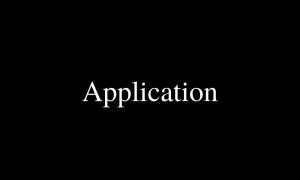
Applet
An applet is a small Java-based program that runs within a webpage to provide dynamic content.
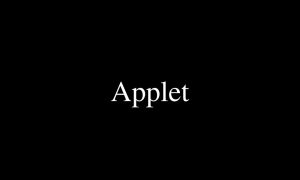
Byte
A byte is a basic unit of digital information, typically made up of eight bits. Think of it as the basic building block of digital storage.
Bug
A bug is an error or flaw in software that causes it to produce unexpected results or behave strangely.
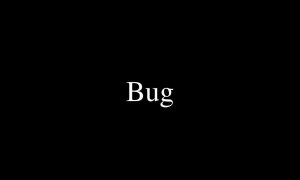
Browser
A browser is your gateway to the internet—software like Google Chrome, Firefox, or Safari that lets you explore websites.
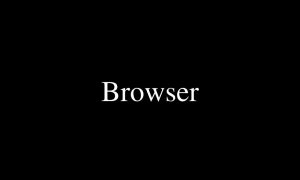
Boot
Booting is the process your computer goes through when turning on—getting everything up and running smoothly.
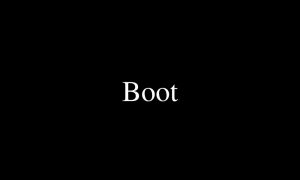
Bit
A bit (short for binary digit) is the smallest unit of information in computing, represented by either a “0” or a “1.”
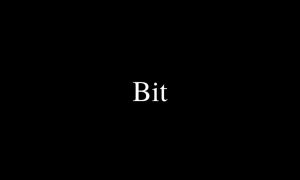
Binary Code
Binary code uses only two symbols—0 and 1—to represent text, commands, or data. It’s essentially the language computers understand.
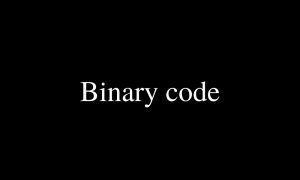
Cache
A cache is like your computer’s short-term memory, storing frequently used information to help speed up data retrieval.
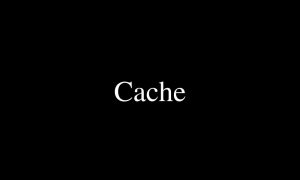
Database
A database is an organized digital collection of data, allowing you to store, retrieve, and manage information easily using systems like MySQL or Oracle.
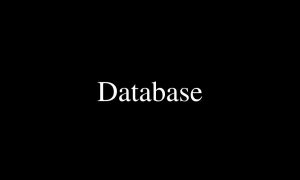
Cursor
The cursor is the blinking symbol or pointer on your screen that shows your current location or selection point.
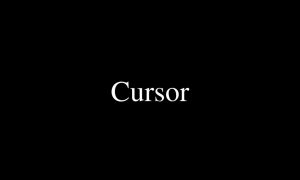
Crash
A crash occurs when your computer or software unexpectedly stops functioning, typically requiring a restart.
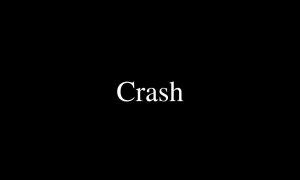
Cracker
A cracker is someone who illegally accesses computer systems, usually with malicious intent.

CPU
The CPU (Central Processing Unit) is the brain of your computer, responsible for executing instructions and processing information.
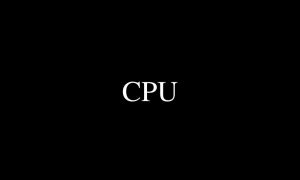
Chip
A chip, or integrated circuit, is a tiny piece of semiconductor material that powers nearly all electronic devices.
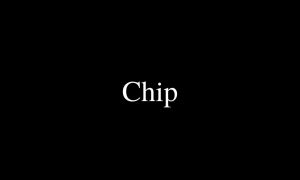
Chat
Chat refers to real-time online communication, from messaging apps to live chat rooms.

CGI
Computer-generated imagery (CGI) uses computer graphics to create realistic images in movies, video games, and media.
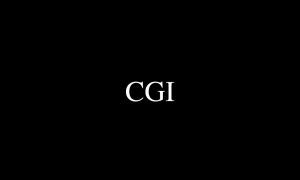
CD-ROM
CD-ROM (Compact Disc Read-Only Memory) is a type of disc that stores digital data readable by a computer, but you can’t write or erase information on it.
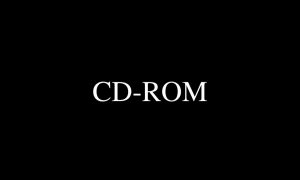
CAD-CAM
CAD-CAM (Computer-Aided Design and Manufacturing) software controls machinery, automating design and manufacturing processes.
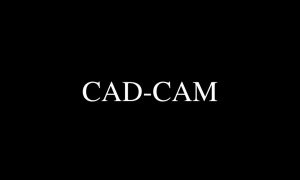
Debug
Debugging is the process of finding and fixing errors (bugs) in computer programs.
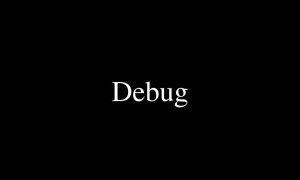
DVD
DVD (Digital Video Disc) is an optical disc format used to store video, audio, and data, offering more capacity than CDs.
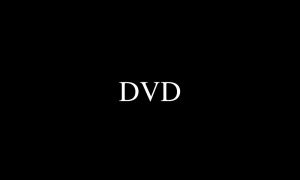
Drop-Down Menu
A drop-down menu is an interactive list appearing when clicked, helping users quickly select options or commands.
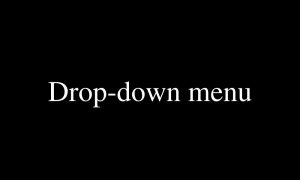
DOS
DOS (Disk Operating System) was an early operating system developed by Microsoft and IBM, primarily command-line based.
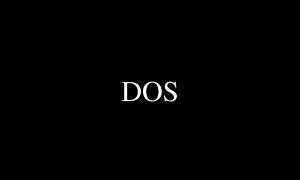
Disk
A disk is a circular storage device used to store digital information, like CDs or DVDs.
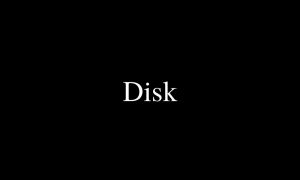
Disk Drive
A disk drive is a device used to store and retrieve data from disks like hard drives or optical drives.
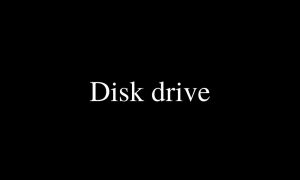
Directory
A directory, commonly called a folder, organizes files on your computer, making information easier to find.

Desktop
A desktop computer is designed for regular use at a fixed location, typically offering more performance and upgrade potential than laptops.
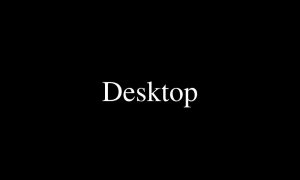
Desktop Publishing
Desktop publishing involves creating documents like magazines or brochures using specialized software on a personal computer.
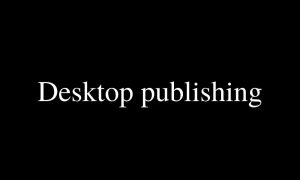
Default
Default settings are preset options programmed into software, ready to use out of the box.
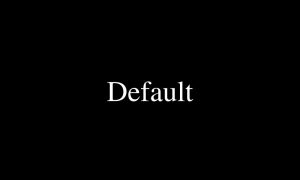
E-Book
An E-book is a digital book accessible on electronic devices like tablets, e-readers, or smartphones.
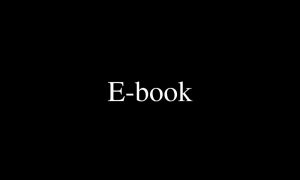
Hardware
Hardware refers to the physical parts of a computer—like your monitor, keyboard, or CPU.
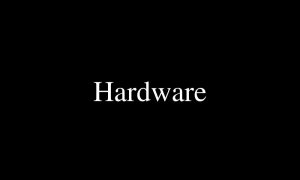
Hard Copy
A hard copy is a physical, printed version of a digital document.

Hacker
A hacker explores ways to overcome digital security, often to identify and fix vulnerabilities, though some do so maliciously.
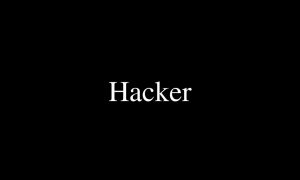
GUI
Graphical User Interface (GUI) allows users to interact with digital devices using visual elements like windows, icons, and menus.

Groupware
Groupware is collaborative software that helps teams work together effectively, such as Slack or Microsoft Teams.
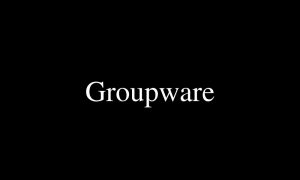
Gopher
Gopher is an early internet protocol designed for distributing and retrieving documents, predating modern web browsers.
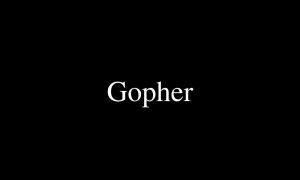
Glitch
A glitch is a brief, unexpected issue in technology or software, often resolving itself quickly.
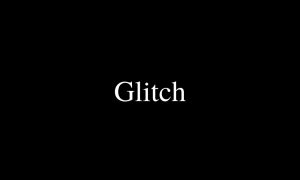
Freeware
Freeware is software available at no cost, often provided to attract users or as a community resource.
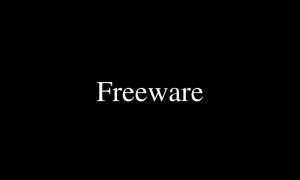
Fonts
Fonts are different visual styles used to display text on screens and printed materials.
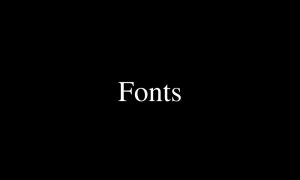
Folder
A folder stores and organizes files on your computer, making them easy to locate.
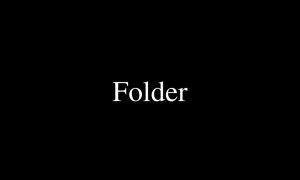
File
A file is a collection of digital information stored on your computer.
Encryption
Encryption secures data by converting it into an unreadable format, protecting sensitive information from unauthorized access.
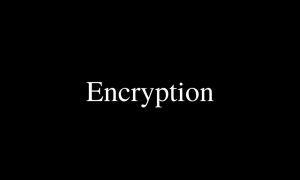
Emoticon
Emoticons are simple text-based symbols expressing emotions or moods, like “:)” for happiness.
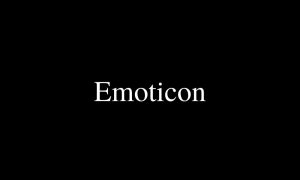
Macro
A macro is an automated script that executes repetitive tasks quickly and efficiently within software.
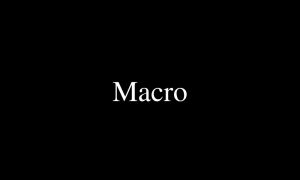
Mac OS
MacOS is Apple’s operating system for Macs, providing a user-friendly graphical interface.
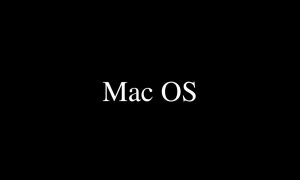
Linux
Linux is a powerful, open-source operating system widely used in servers and desktops worldwide, famous for customization and security.
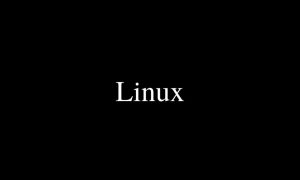
Laptop and Notebook
Laptops and notebooks are portable computers designed for convenience and mobility, ideal for work on the go.
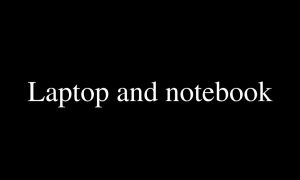
Kilobyte (KB), Megabyte (MB), Gigabyte (GB), Terabyte (TB), Petabyte (PB)
These units measure digital storage, each increment significantly larger than the previous—kilobytes (thousands), megabytes (millions), gigabytes (billions), terabytes (trillions), and petabytes (quadrillions) of bytes.
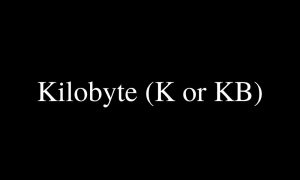
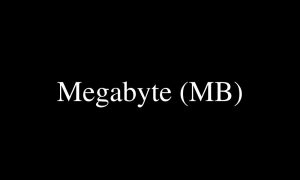
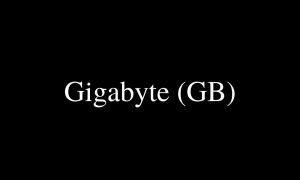
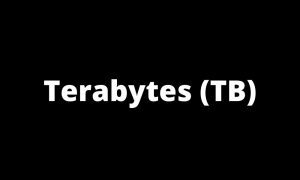
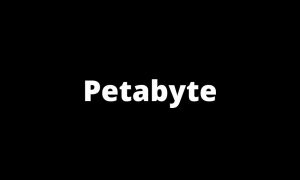
Java
Java is a versatile, object-oriented programming language widely used for web, mobile, and desktop applications.
Interface
An interface connects people, programs, or devices, enabling smooth interaction and communication.
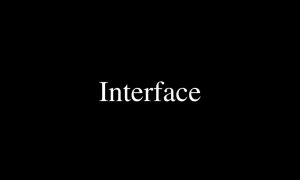
Input Device
An input device allows users to feed data into computers, such as keyboards, mice, or microphones.
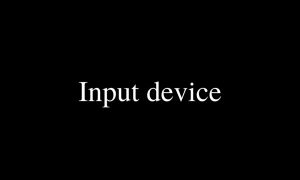
Icons
Icons are visual symbols on your screen representing apps, files, or functions, making navigation intuitive.
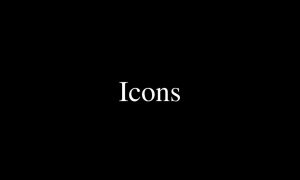
Multimedia
Multimedia combines text, audio, images, and video into engaging presentations or content.
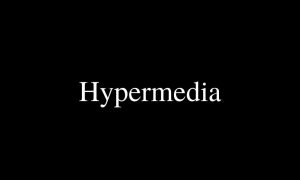
MP3
MP3 is a popular audio format known for compressing audio files without significantly losing quality.
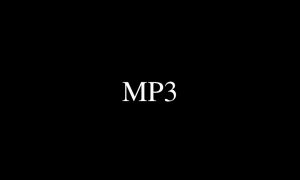
Mouse
A mouse is a handheld device used to interact with and control elements on your screen.
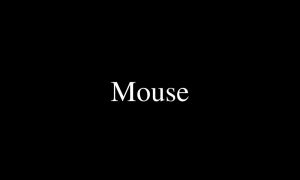
Monitor
A monitor visually displays information from your computer, allowing you to interact visually.
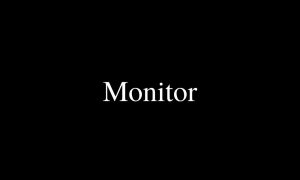
Minimize
Minimizing shrinks windows to icons, helping manage multiple tasks efficiently.
Microprocessor
A microprocessor is a compact CPU contained within a single integrated circuit, powering most modern electronic devices.
RAM
Random-access memory (RAM) is your computer’s short-term memory, crucial for quick data processing and multitasking.
RAID
RAID combines multiple drives to improve speed and reliability, protecting your data from loss.
QuickTime
QuickTime, developed by Apple, handles multimedia formats for audio and video playback.
Peripheral
Peripherals are external devices connected to your computer, enhancing functionality, like printers, scanners, or external drives.
PDF (Portable Document Format) ensures documents maintain formatting across different systems and devices.
ROM
Read-only memory (ROM) permanently stores essential instructions needed to boot your device.
UPS
An uninterruptible power supply (UPS) provides backup power, safeguarding your equipment during outages.
Unix
Unix is a foundational operating system known for its stability and used widely in servers.
Trojan Horse
A Trojan horse is malware disguised as legitimate software, misleading users into allowing it access.
Virtual Reality (VR)
Virtual Reality immerses users in simulated environments, transforming gaming, education, and professional training.
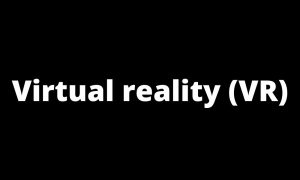
USB
Universal Serial Bus (USB) connects devices like keyboards, flash drives, and smartphones easily and universally.
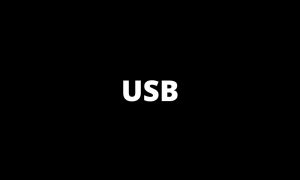
Whether you’re brushing up on tech basics or expanding your digital literacy, understanding these terms will help you stay informed, engaged, and optimistic about technology’s role in your daily life!
Happy learning!
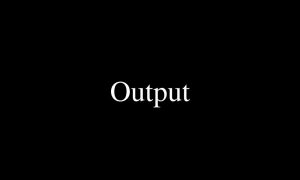
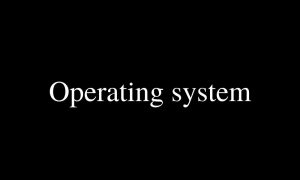
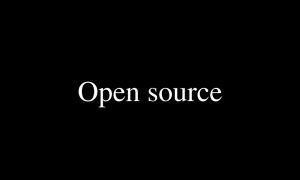
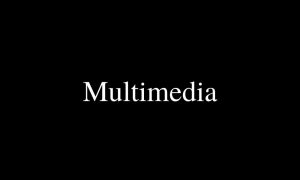
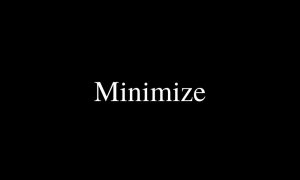
In GUI OS it refers to reducing a window to an icon, or a label at the bottom of the screen, allowing another window to be viewed.
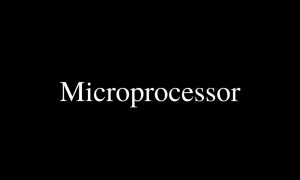
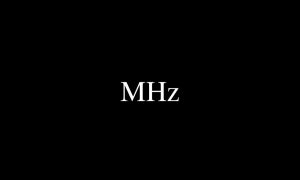
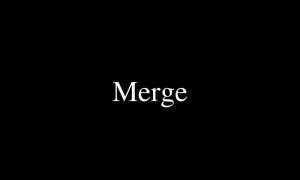
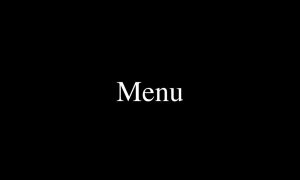

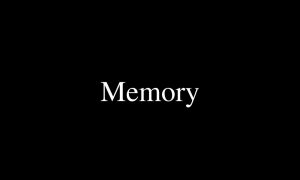
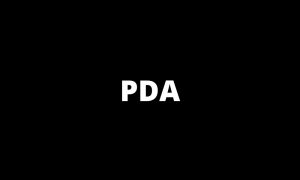

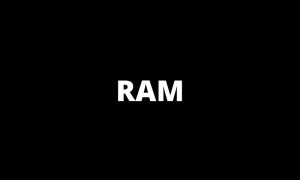
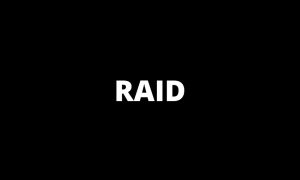
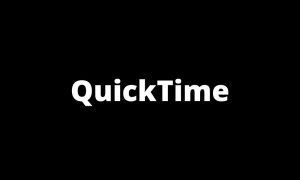

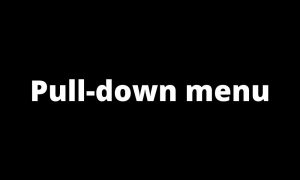
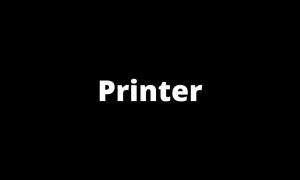
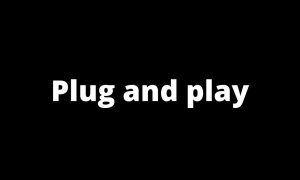
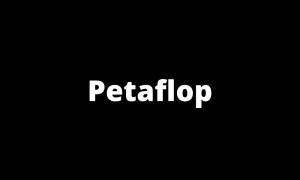
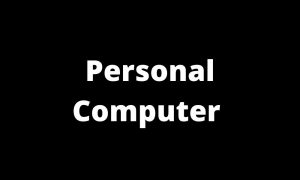
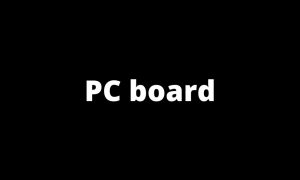
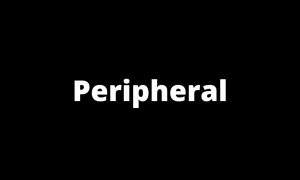
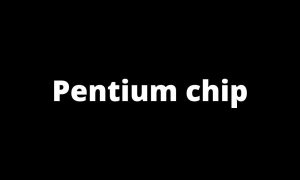

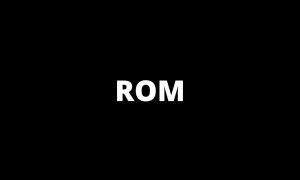

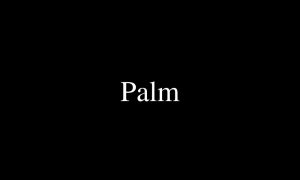
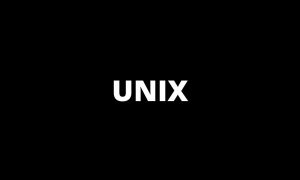
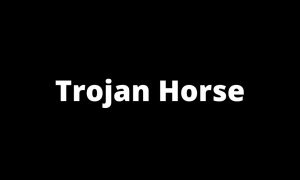
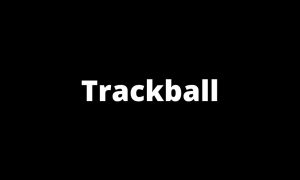
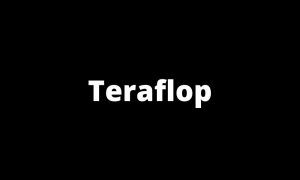
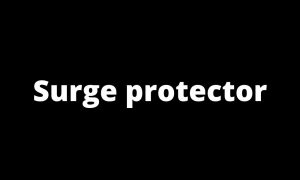
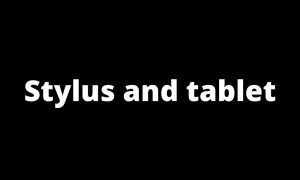
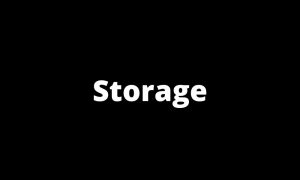
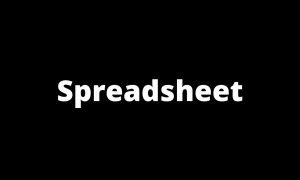
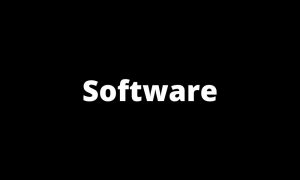
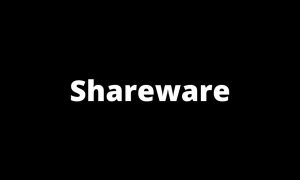
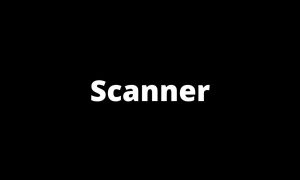
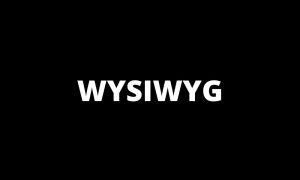
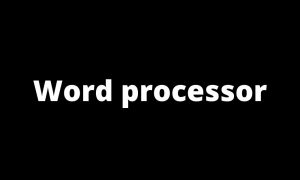
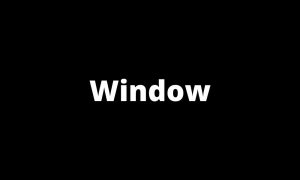
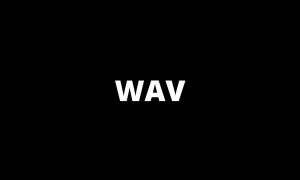
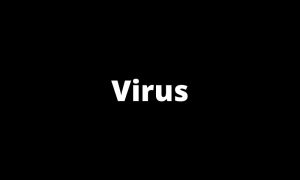


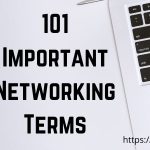
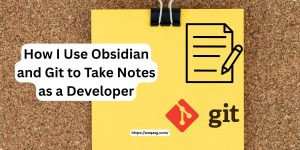
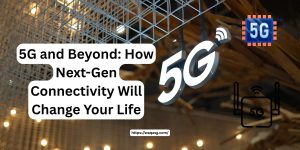

No comment yet, add your voice below!